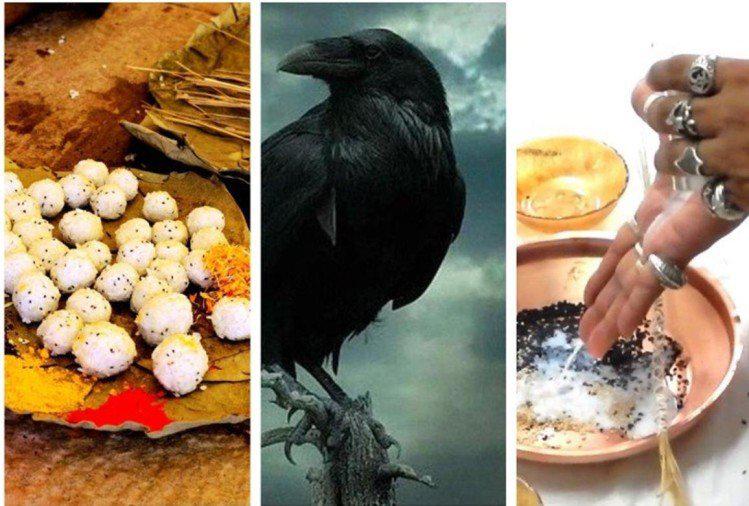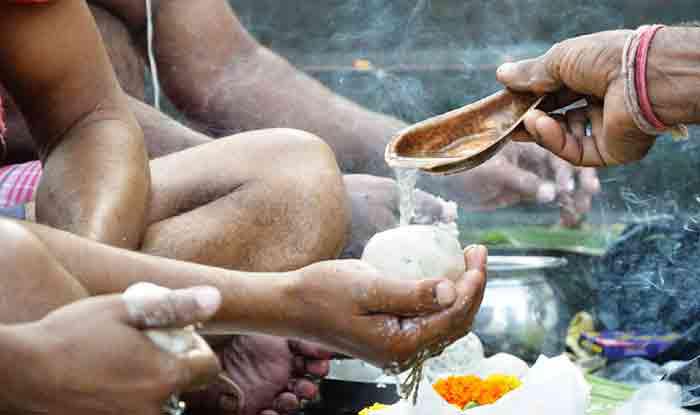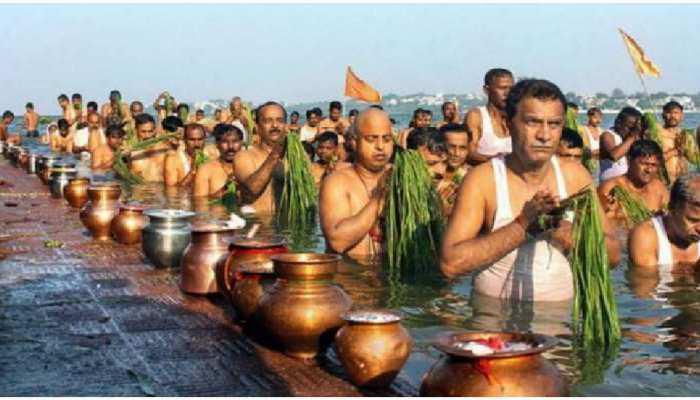Pitru Paksha:The ritual of remembering our ancestors!
Hindus believe “Shraddhyaa Kriyate Yaa Saa”: Shradh is the ritual accomplished to satiate one’s ancestors. This ritual expresses one’s unconditional reverence towards the ancestors.
This year, the Pitru Paksha will begin on September 10, Saturday, and it will end on September 25,Sunday. The last day of Pitru Paksha is Sarva Pitru Amavasya or Mahalaya Amavasya.
Pitru Paksha is a 16–lunar day period in the Hindu calendar when Hindus remember & pay homage to their ancestors with gratitude.

In the Mahabharata, Karna died and went to heaven on the 17th day of the Mahabharat war and was offered jewels and diamonds as food. He asked Lord Indra the reason who told him that while he donated jewels, gems, and diamonds in charity he never offered food to his ancestors.
Hearing this, Karna repented and wanted to rectify his mistake.
Karna was granted a 15-day period to visit the mortal world and offer shraaddh to his ancestors. After coming back to earth, he offered water and food to his ancestors before returning to heaven again. From that day, the period came to be known as Pitru Paksha.

The act of Tarpan during Pitru Paksha, help our forefathers get rid of the cycle of rebirth & attain salvation.
To ensure they attain Moksha, people quench their thirst and satisfy their hunger by performing the tarpan & Pind Daan (offering food consisting of cooked rice and black sesame seeds). The Pind Daan refers to the act of appeasing those who no longer exist in their physical form.

Each day of the Shradh is equal to a year, and so the multiplication goes on to include all ancestors for 15 generations and beyond. Ancestor worship starts with the father and mother and includes grandfather, grandmother, great-grandfather. and great-grandmother back to as many generations as one can remember, with reverence paid to both paternal and maternal ancestors. For the unknown ancestors, Rookha (raw) food is offered in a thali that includes wheat flour/ rice and vegetables.At the end of Pitru paksha, the Devi paksha starts on an auspicious note.
This entire phase of 15 days is also known as Pitri Pokho, Sola Shradha, Kanagat, Jitiya, or Apara Paksha. During this period, the Shraddha or Tarpan of the ancestors is performed on the Tithi on which they met eternity.
